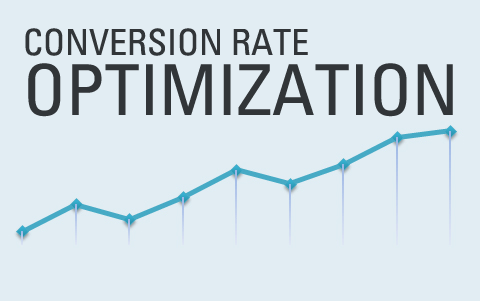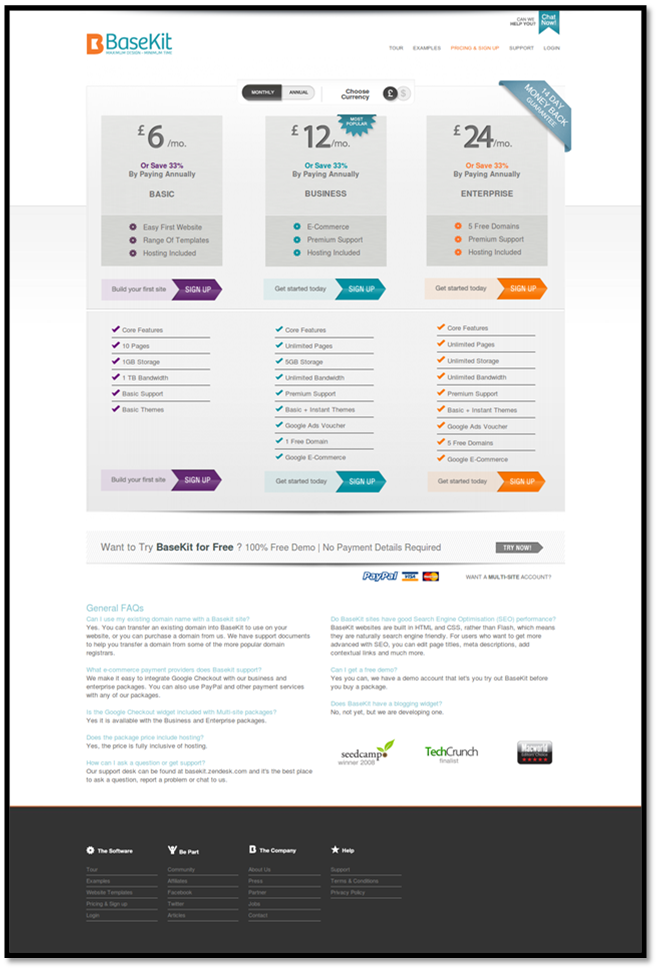Conversion Rate Optimization Guide – Introduction
Your website sucks.
Whoa. That was a bit harsh.
But let’s face it, you’re paying for SEO, you’ve refined keywords, you’ve hired a sales and support team – but the numbers are just not adding up.
And at the end of the day, you know you’re doing everything right – except that… your website sucks.
And what’s worse is you can’t really pinpoint to yourself what’s wrong with it.
Don’t worry pal. Most websites out there have struggled on making sales online. A good killer content is important. Your SEO which brings you qualified visitors is also important.
So what is it in your website that’s hindering you from making sales?
The common mistake for business owners and webmasters is relying on traffic alone without taking any consideration in increasing the effort in converting those qualified visitors into customers.
What’s Wrong with Traffic?
You’re receiving a massive amount of traffic in your site but only few of them have done any meaningful thing – they didn’t sign up, didn’t pay up, and worst of all, they left without saying good-bye.
Okay, maybe saying good-bye isn’t really that meaningful.
The point is, all this is a result of being ignorant about conversion rate optimization!
So I wrote this guide to help you out. For this lesson I’ll be discussing 4 things:
- Why optimizing your Conversion Rate is an essential part of your online marketing strategy and how it works.
- Why it is so valuable for anyone who’s using their website to drive sales, acquire new customers, leads, downloads or whatever service or product you’re offering.
- Some successful CRO case studies
- Determining your Conversion Goal
Ready?
Here we go.
WHAT IS CONVERSION RATE OPTIMIZATION (CRO)?
CRO is a method of using analytics and user feedback to improve the performance of your website and get a higher percentage of sign ups, downloads, sales subscriptions, etc.
It is primarily used to evaluate and identify the ways on how you can improve the user experience of your website by gathering useful data and then testing it.
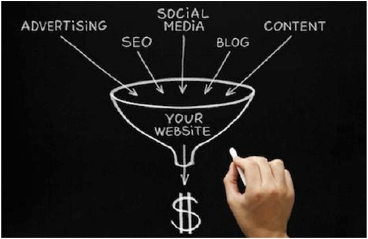
WHY IT IS SO VALUABLE AND IMPORTANT?
Perhaps you’re using SEO to drive more traffic to your site as it’s arguably the best way to get qualified visitors.
The awesome thing about CRO is the higher the rate of conversion is the higher return of investment you’ll get. It can help you maximize profits and get more of customers.
For example:
Let’s say you own an e-commerce website. Your monthly revenue is ranging from $1,000 to $2,000 every month and you’ve decided to change the layout of your website.
By doing CRO and testing different variations, the following month your revenue increases to $4,000, leaving you with a 50% improvement.
CRO can lessen your Cost Per Acquisition (CPA) which favors most advertisers and companies out there. The lower the CPA, the higher the ROI.
The higher the ROI, the more money you can spend getting more traffic. It’s a beautiful positive cycle.
WHO CAN USE THIS SORCER… I MEAN, CRAFT?
Hey nothing worth doing is easy, right?
Wrong.
My guarantee is that before you complete this series, you’ll find out for yourself how easy it is to convert your visitors into customers.
Everyone can do it, but only a few handful have the commitment to get results.
Testing takes time and a bloody bit of brainstorming just to improve a website’s conversion rate. So if you’re a business owner, marketer, advertiser, blogger or someone who has the desire to increase your conversion rate, this series is for you.
CASE STUDY:
The Vineyard Hotel increases their bookings to 32.12% by doing CRO
The Vineyard is a 5-star luxury hotel located in Central London. Their unique selling point (USP) can be seen on their awesome selection of food, luxurious accommodation, a large collection of fine wines and a collection of original art that adorn the walls. They hired a CRO company to improve their website’s conversion rate.
CHALLENGE
The test run by the CRO company was an attempt to convince the management to regularly optimize the conversion rate of their website. The team immediately studied the website to figure out what part needs improvement and this is what they saw.  As you can see, the problem here was their low click through rate because the bookings button is indicated at the bottom of the page. So the team instantly recognized it as an opportunity to create a simple call to action button that really won’t affect the layout and design of the page by much.
As you can see, the problem here was their low click through rate because the bookings button is indicated at the bottom of the page. So the team instantly recognized it as an opportunity to create a simple call to action button that really won’t affect the layout and design of the page by much.
SOLUTION
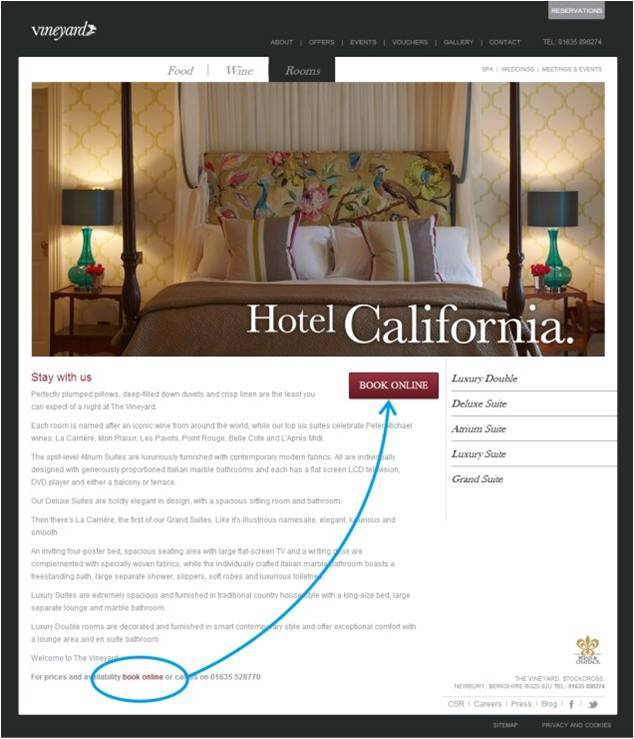 By putting a Red “BOOK ONLINE” Button at the top of the page texts where visitors will most likely to see it, their click through rate (CTR) for room booking page increased by 32.12% (with an obvious 99.99% confidence in beating the original layout).
By putting a Red “BOOK ONLINE” Button at the top of the page texts where visitors will most likely to see it, their click through rate (CTR) for room booking page increased by 32.12% (with an obvious 99.99% confidence in beating the original layout).
It’s pretty simple but most business and website owners ignore this. If you were a visitor and landed on that page and you saw that big red button, it’s highly likely that you’ll click it.
IT’S ALL ABOUT TESTING
According to Neil Patel of QuickSprout, when it comes to optimizing your conversion rate, we should always use the scientific approach.
There’s no better way. Extremely few people succeed just by guessing what will happen whenever a variation is applied on a website.
The scientific approach to CRO is all about pinning a strong hypothesis and testing it. That’s where A/B testing actually takes place.
A/B testing involves testing two dissimilar web pages with live traffic and measuring the effect each version has on your conversion rate. (Don’t worry. We will talk more about A/B testing on the next part of this series).
The awesome thing about A/B testing is that you’ll generate awesome ideas on how you can improve your conversion rate with your existing traffic.
SO WHEN SHOULD YOU START TESTING?
“Everyone wants to do it but only a few people will actually end up doing it.”
– Neil Patel
Testing takes time to gather data and draw up a conclusion. So doing it as soon as possible is the best way to go.
The good news is, you don’t need to test ALL the pages in your entire site. You could opt to run a test only to critical landing pages. Take this for example: Your Subscribe page has 50,000 visitors a month but only 50 people converted by signing. That means you have a .001% conversion rate.
That sucks. A lot.
The good news is that 99% of the time, the problem lies in that specific landing page. So what do you do?
You run an A/B test on that page.
CASE STUDY:
Basekit’s website increased their conversion to 25% by redesigning the pricing page
THE COMPANY
Basekit is a flexible website builder platform that allows you to quickly and simply create, host and manage your own website in a W3C-compliant HTML. They wanted to know if their website’s pricing design is important rather than the pricing information itself. In order to find out the answer, they hired a marketing company to help them optimize their conversion rate.
A/B TESTING FOR PRICING PAGE
They wanted to increase the number of people who visit their ‘Buy Now‘ page after visiting ‘Plans and Pricing‘ page and to find out how redesigning the layout can make an impact on their sales. Here’s the original pricing page of their site as well as the variation applied:
REDESIGNED PRICING PAGE
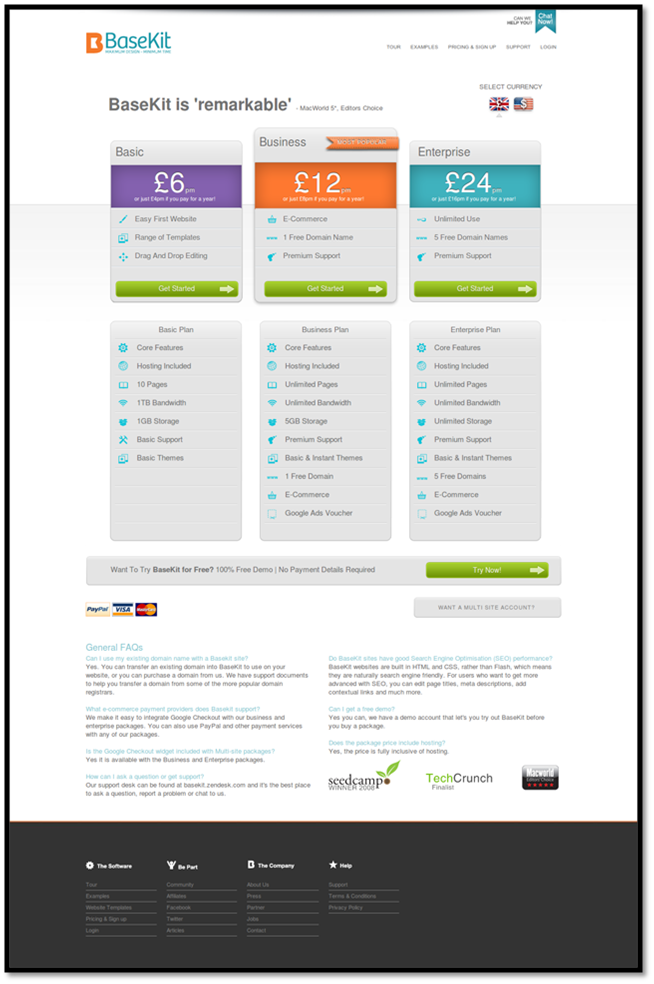
RESULT
The hypothesis is to give the user a bolder, brighter, clearer pricing, nicer design, testimonial and more obvious currency selection which increased their checkout rates by 25% for the entire duration of the test compared to their last report. The traffic they provided on pricing page is basically paid, so the visitors are presumably focused and targeted.
So they scrapped the original and declared the variation as the winner. Of course, it didn’t stop there. Basekit is still testing different variations of their pages in hopes of further increasing their conversion rate.
“Continuous A/B testing is the key to increasing conversions. Sometimes you get results, sometimes you don’t but if you do lots of A/B tests, you are bound to see some improvements”
-Paras Chopra
WHAT’S YOUR FINAL GOAL?
Lots of companies are doing CRO but the question you should ask yourself before starting is “Why?” So to help you out, here’s something you should always remember before you start optimizing the conversion rate of your website:
Your business goals should direct your CRO efforts.
You should first know what your business goals are, then define what your final website conversion goals are before you step in to optimize your conversion rates. Without it, you’ll get lost on finding out what really matters.
So before you start, ask yourself:
“In light of my business goals, what is the purpose of my website?”
If your purpose is to get more traffic, SEO is the perfect solution. But if you want to increase sales and revenue in your business SEO isn’t enough, you need to convert those visitors with CRO.
BONUS:
- Don’t trust what you think, trust what you know. All things you’ve planned out will not work but you’ll get surprised when unexpected changes come.
- Every website finds differing results so don’t copy what other successful websites have carried out, you need to run your own tests and see your own site’s results.
- If you get small differences in your experiments, that’s okay. Don’t expect that you’ll always get something big. Sometimes the critical things to optimize is in the little details – and they’re hard to point out.
- Always see your website on a client’s perspective. ALWAYS. Learn how to put yourself in their shoes and ask yourself “When I landed on this page, what immediately caught my attention?”
References:
- https://blog.kissmetrics.com/100-conversion-optimization-case-studies/
- http://www.quicksprout.com/the-definitive-guide-to-conversion-optimization/
- https://qualaroo.com/beginners-guide-to-cro/
- https://vwo.com/blog/saas-pricing-ab-test/#.
- https://vwo.com/blog/ab-testing-to-convince-stakeholders/
- https://seo-hacker.com/heatmaps-scrollmaps/#more-7141
- https://vwo.com/blog/increase-conversions-pricing/
